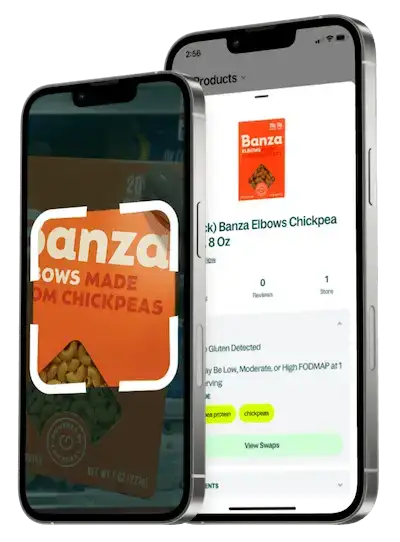Is Premier Protein Shake Chocolate Gluten Free?

Description
Rich chocolate taste with a smooth, creamy mouthfeel; reviewers frequently note its convenient ready-to-drink format. Common uses include on-the-go breakfasts, post-workout refueling, and quick snacks. Customer feedback often praises consistent flavor and portability, while some mention a slightly chalky or overly sweet finish and variable aftertaste across different pack sizes.

Description
Rich chocolate taste with a smooth, creamy mouthfeel; reviewers frequently note its convenient ready-to-drink format. Common uses include on-the-go breakfasts, post-workout refueling, and quick snacks. Customer feedback often praises consistent flavor and portability, while some mention a slightly chalky or overly sweet finish and variable aftertaste across different pack sizes.
Ingredients
Water, Milk Protein Concentrate†, Calcium Caseinate†, Cocoa Powder (processed with alkali), Contains less than 1% of High Oleic Sunflower Oil, Natural and Artificial flavors, Inulin, Cellulose Gel and Cellulose Gum, Salt, Sucralose, Acesulfame Potassium, Carrageenan, Tripotassium Phosphate, Dipotassium Phosphate, Sodium Hexametaphosphate, Vitamin and Mineral Blend (Dl-alpha-tocopheryl Acetate [Vitamin E], Zinc Glycinate Chelate, Ferric Orthophosphate, Vitamin A Palmitate, Niacinamide, Phytonadione [Vitamin K1], Potassium Iodide, Cholecalciferol [Vitamin D3], Copper Gluconate, Calcium D-Pantothenate, Manganese Sulfate, Sodium Selenite, Biotin, Sodium Molybdate, Folic Acid, Thiamine Mononitrate [Vitamin B1], Cyanocobalamin [Vitamin B12], Pyridoxine Hydrochloride [Vitamin B6], Riboflavin [Vitamin B2], Chromium Polynicotinate), Magnesium Phosphate, Sodium Ascorbate.
What is a Gluten Free diet?
A gluten-free diet excludes all foods containing gluten, a protein found in wheat, barley, rye, and their derivatives. It's essential for people with celiac disease, gluten intolerance, or wheat allergy, as consuming gluten can trigger inflammation and digestive issues. Common gluten-containing foods include bread, pasta, cereals, and baked goods, though many gluten-free alternatives now exist using rice, corn, or almond flour. Beyond medical necessity, some people choose a gluten-free lifestyle for perceived health benefits, though experts emphasize the importance of maintaining a balanced diet rich in fiber, vitamins, and minerals when eliminating gluten-containing grains.


